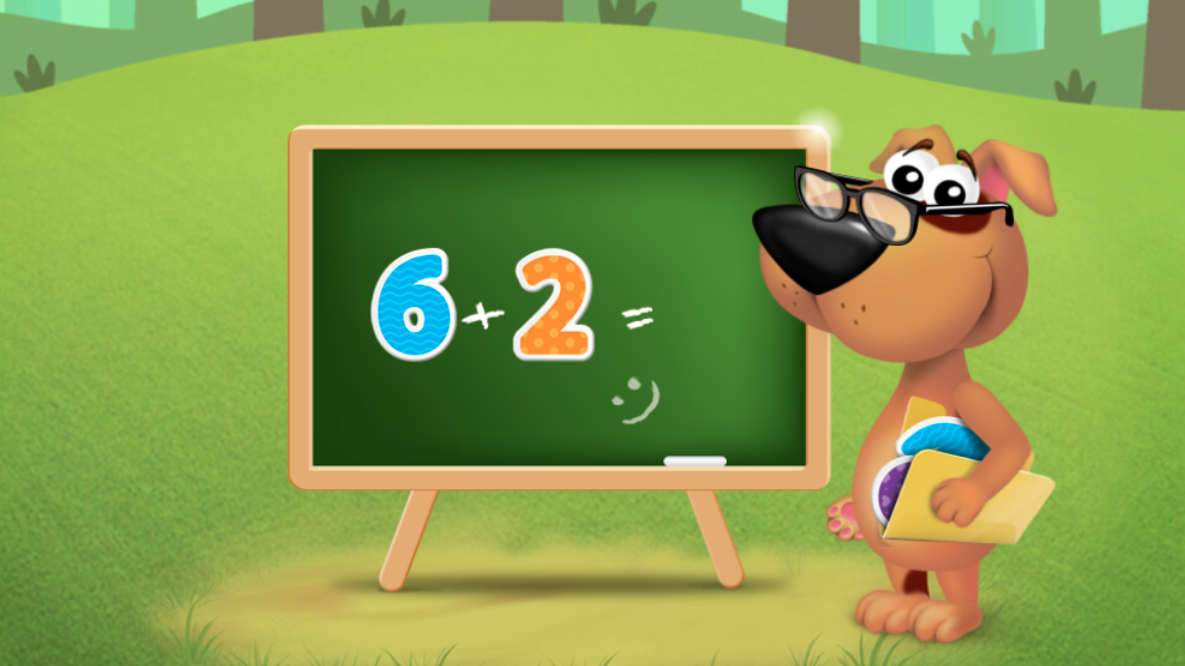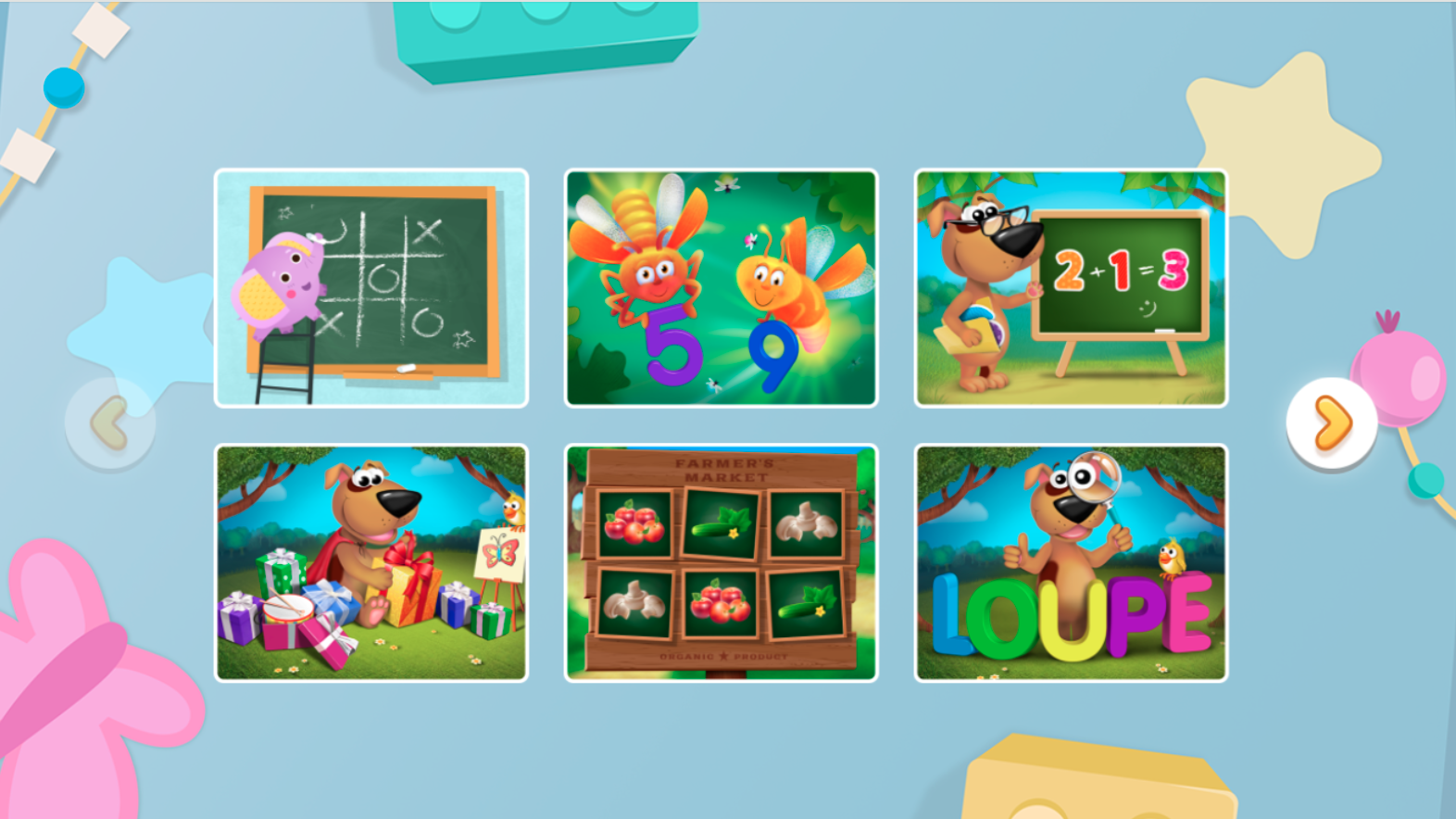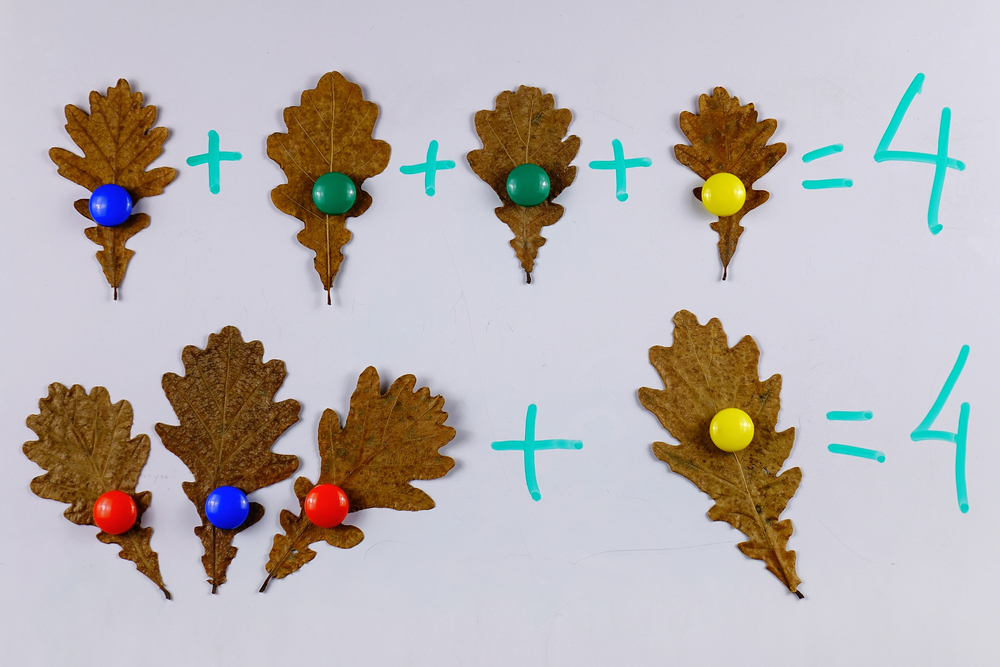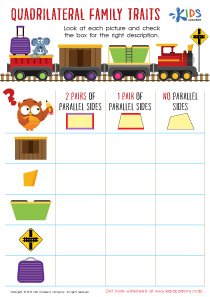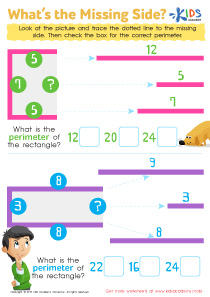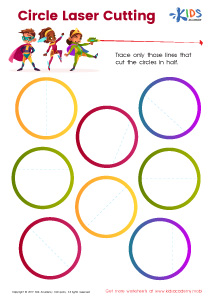Fine Motor Skills Normal Tracing Shapes Worksheets for Ages 3-7
3 filtered results
-
From - To
Introduce your child to the world of shapes and boost their fine motor skills with our "Fine Motor Skills Normal Tracing Shapes Worksheets for Ages 3-7." These expertly designed worksheets provide children with engaging, age-appropriate activities to trace and recognize various shapes. Perfect for early childhood development, our tracing worksheets not only enhance pencil control and hand-eye coordination but also lay the foundation for better handwriting. Ideal for both classroom and home use, these worksheets are a fun and therapeutic way to support your child’s fine motor skill development. Set your little learner on a path to success today!
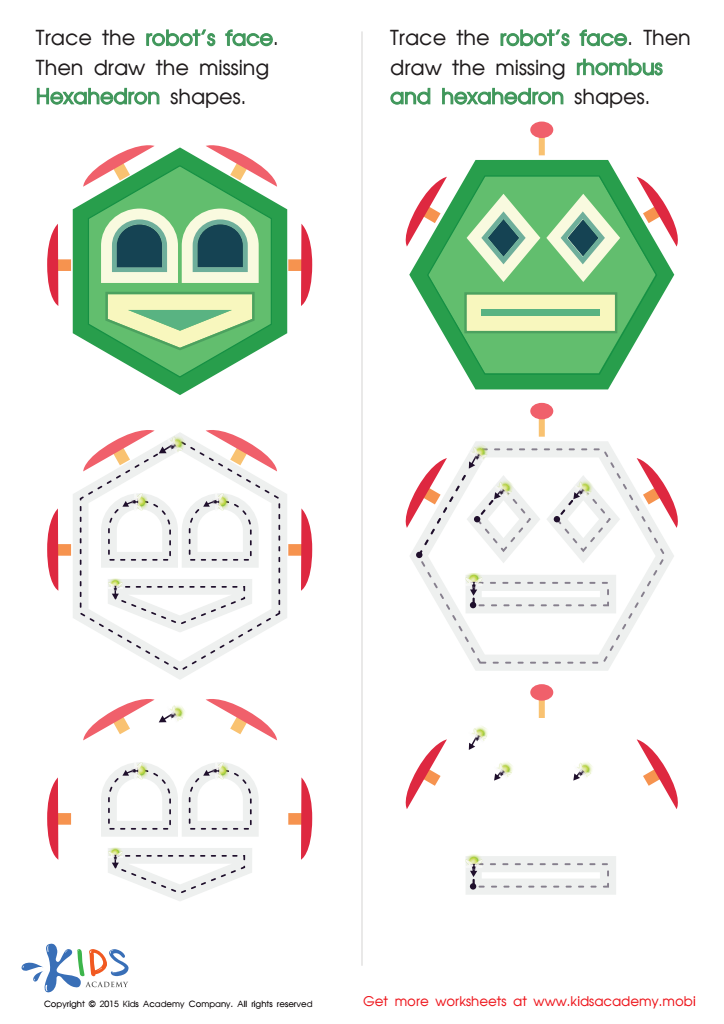

Practice Drawing Hexahedrons And a Rhombus Worksheet
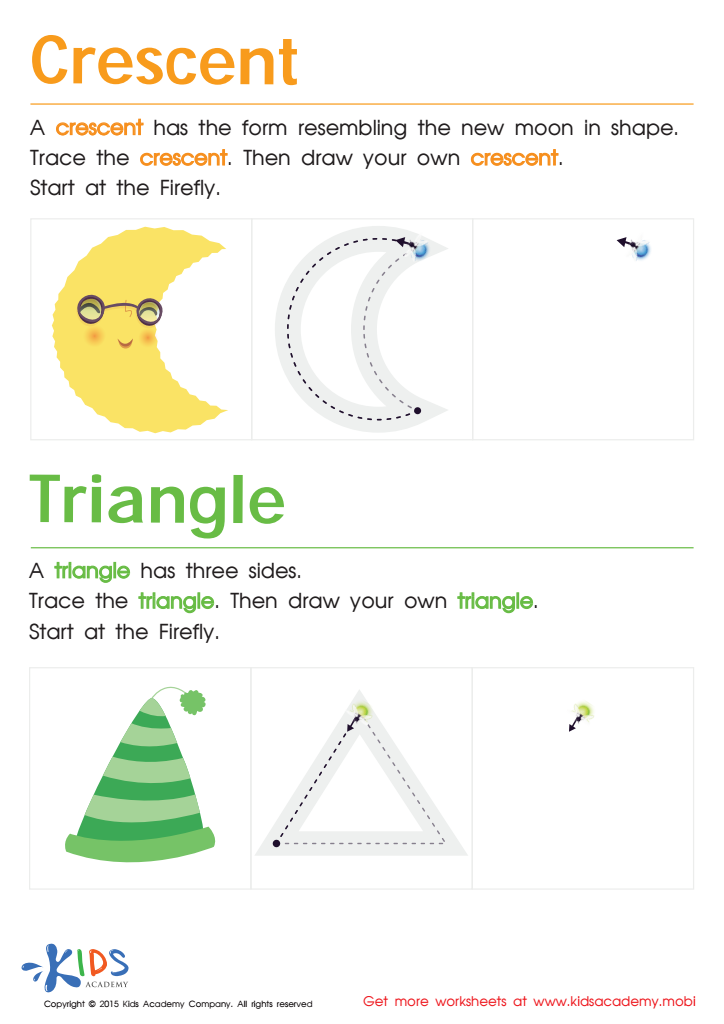

Learning to Draw Crescents And Triangles Worksheet
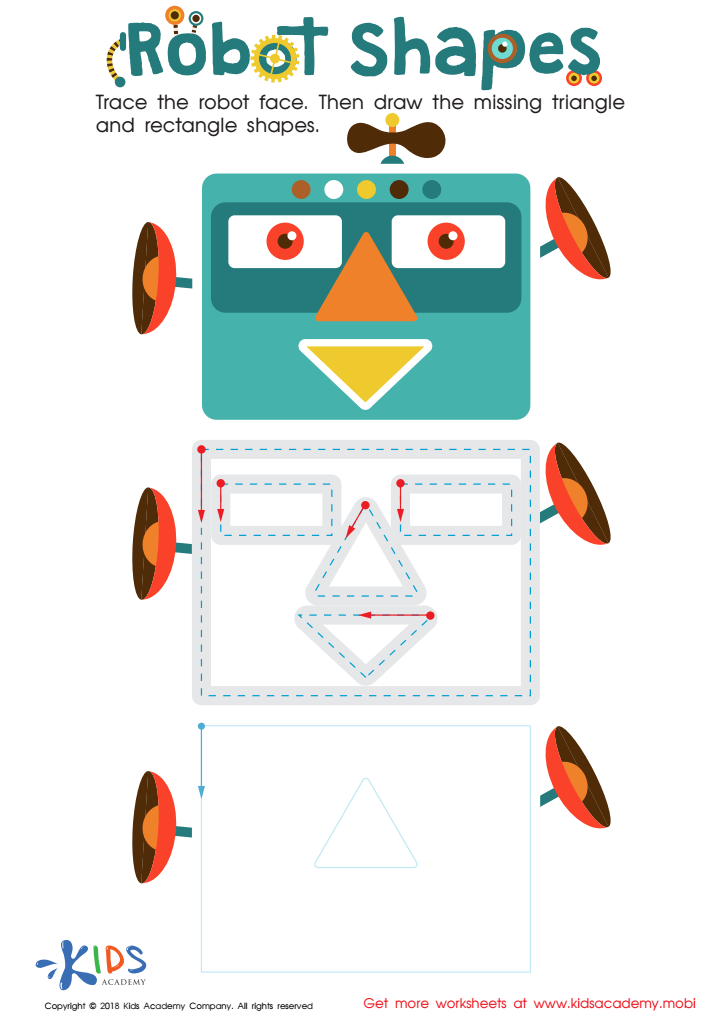

Robot Shapes Worksheet
Fine motor skills refer to the ability to use the small muscles in the hands and fingers to perform tasks with precision. For children aged 3-7, these skills are fundamental for numerous developmental milestones, including writing, cutting, and even tying shoelaces. Normal tracing shapes activities are a crucial way to enhance these skills during early childhood.
Firstly, tracing shapes helps improve hand-eye coordination as children learn to control their hand movements while focusing their eyes on a specific path. This coordination is essential for more complex tasks such as drawing and letter formation later on. Secondly, these activities build muscle strength and dexterity in the fingers and hands, setting a strong foundation for handwriting. Poor development of fine motor skills can lead to difficulties in writing and other daily tasks, affecting academic performance and self-esteem.
Moreover, tracing shapes can improve cognitive skills such as pattern recognition, spatial awareness, and problem-solving. As children trace different shapes, they learn to understand geometric figures, which is an early step towards more advanced mathematical concepts. Socially, success with fine motor tasks fosters a child’s sense of autonomy and confidence, encouraging a positive attitude toward learning and school.
Therefore, engaging children in normal tracing shape activities not only supports their immediate educational needs but also contributes to their overall growth and development.
 Assign to My Students
Assign to My Students


